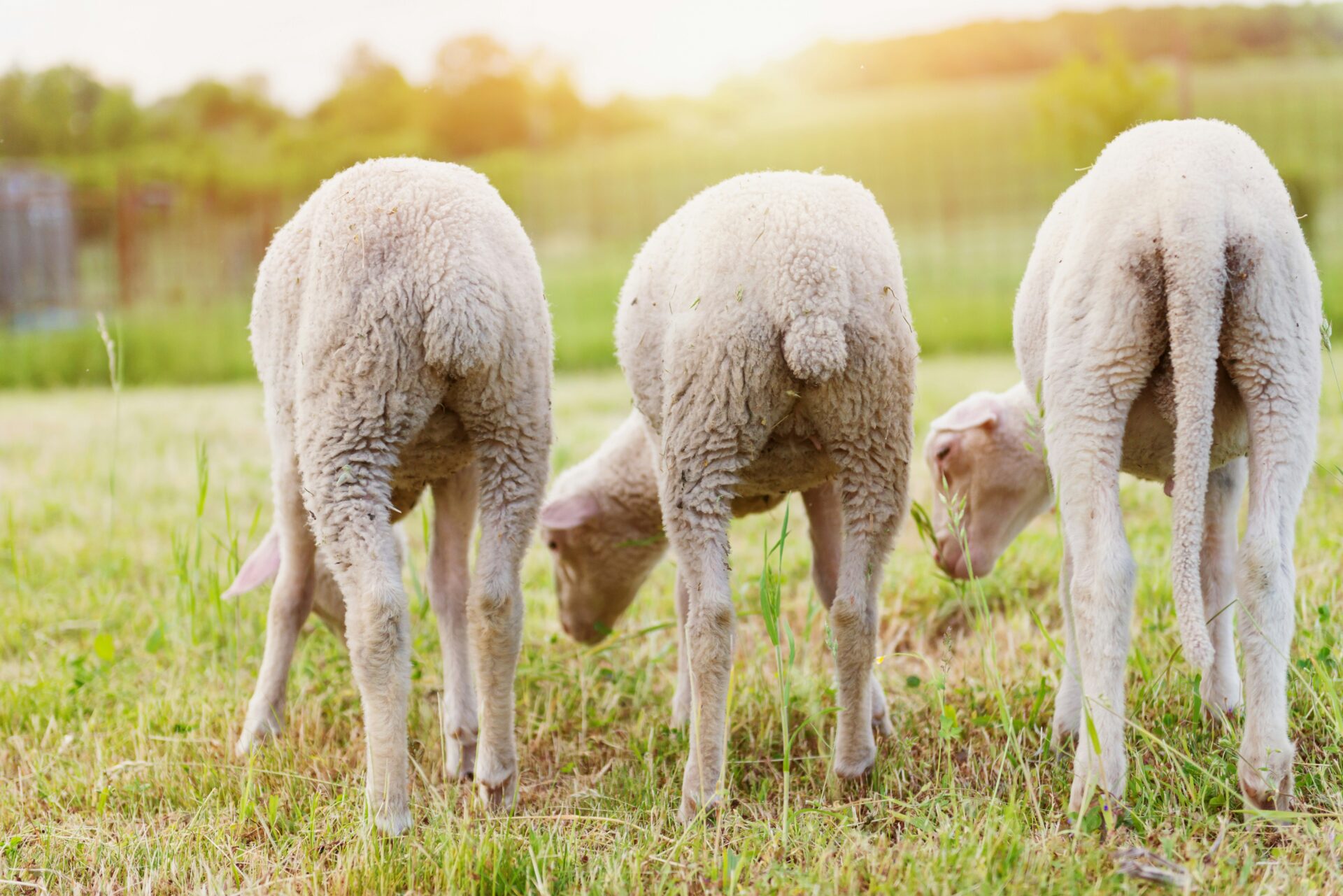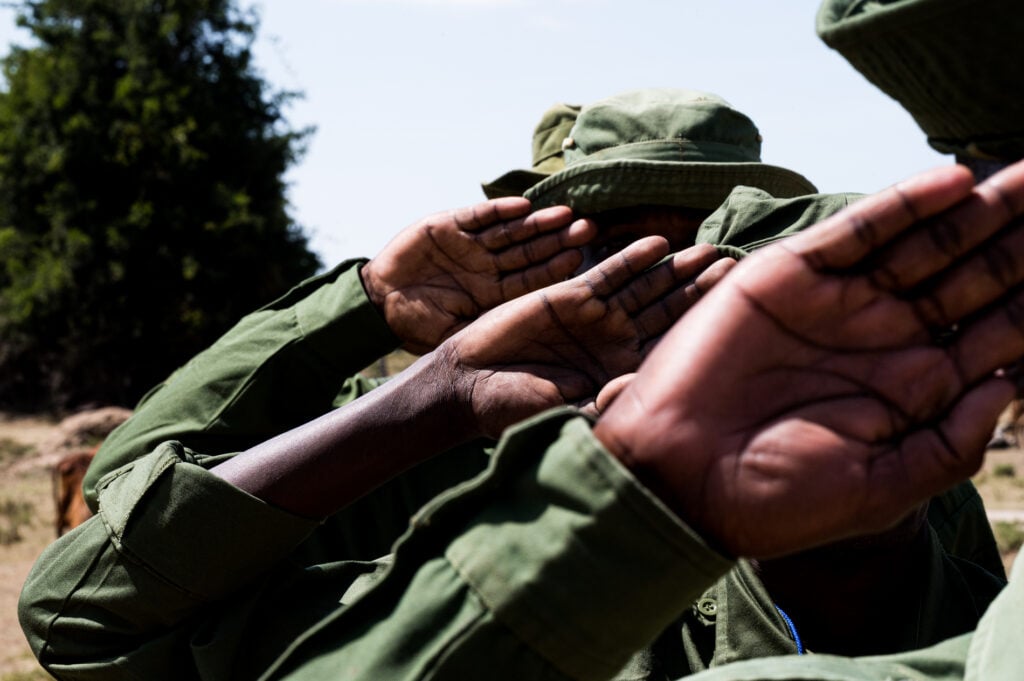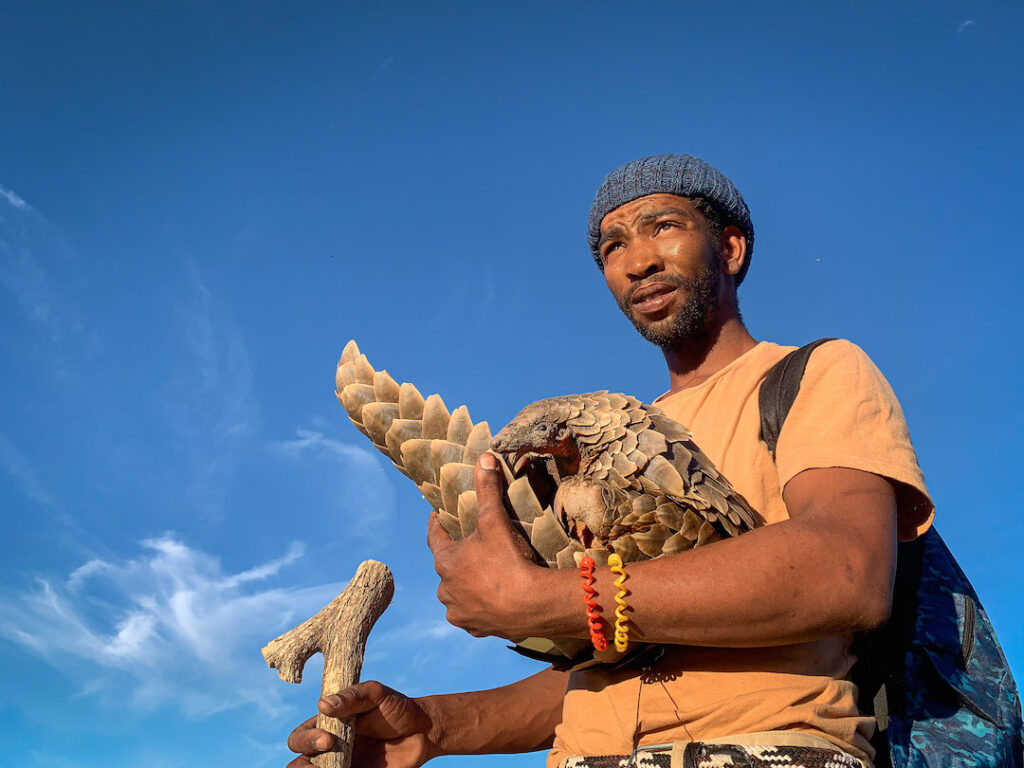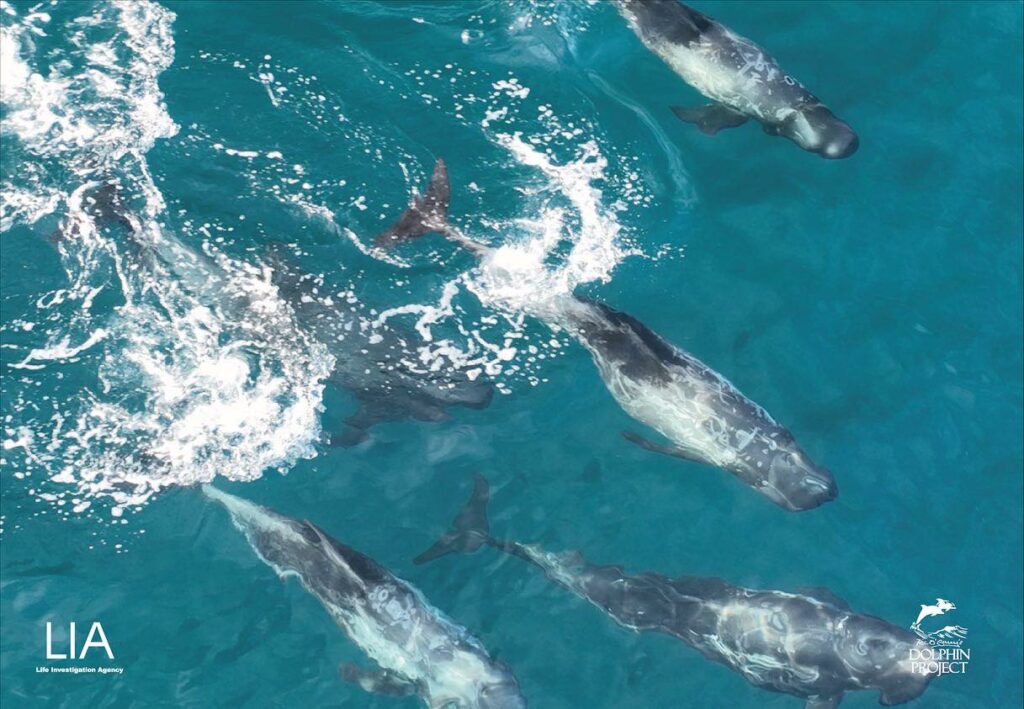Live Lamb Cutting is a word that rarely makes it into glossy campaign copy. Yet for around ten million lambs every year, it’s the brutal reality behind the soft wool draped across runways and shop floors.
A new investigation by global animal welfare organisation FOUR PAWS assessed more than 100 international fashion brands and found that 67 per cent fail to disclose how they address live lamb cutting (LLC), a cruel, archaic practice still endemic in parts of the wool supply chain.
Despite a rise in consumer demand for traceable, cruelty-free textiles, most brands offer little to no transparency on their sourcing policies or product labelling.
What Live Lamb Cutting Really Means
The world’s largest wool exporter — and the only country where this procedure remains routine — is Australia. Lambs as young as two weeks old are forcibly restrained in metal cradles while a palm-sized section of skin around their tail and genitals is cut away with shears, all without adequate pain relief.
So why does the fashion industry continue to tolerate live lamb cutting, often called museling? The answer lies in profit and convenience. The procedure is a quick, low-cost way to prevent flystrike, a gruesome condition caused when flies lay eggs in the folds of skin around a sheep’s tail. When the eggs hatch, the maggots eat into the flesh, often killing the animal if left untreated. But flystrike is a man-made problem. Merino sheep have been selectively bred for decades to produce more wool, creating deep wrinkles that trap sweat and faeces , the perfect breeding ground for flies.
There are signs of change. Since being contacted for the report, a quarter of the brands have taken concrete steps to strengthen their animal welfare commitments. H&M, Jack Wolfskin and Marc O’Polo now state that they use only certified LLC-free wool
Rather than breeding sheep with smoother skin or using humane alternatives such as insect-repelling treatments and clips, many Australian wool producers still rely on this crude shortcut. And because Australia supplies over 80 per cent of the world’s Merino wool, the fashion industry keeps buying from these farms to maintain quality, volume and profit — even if it means turning a blind eye to cruelty.
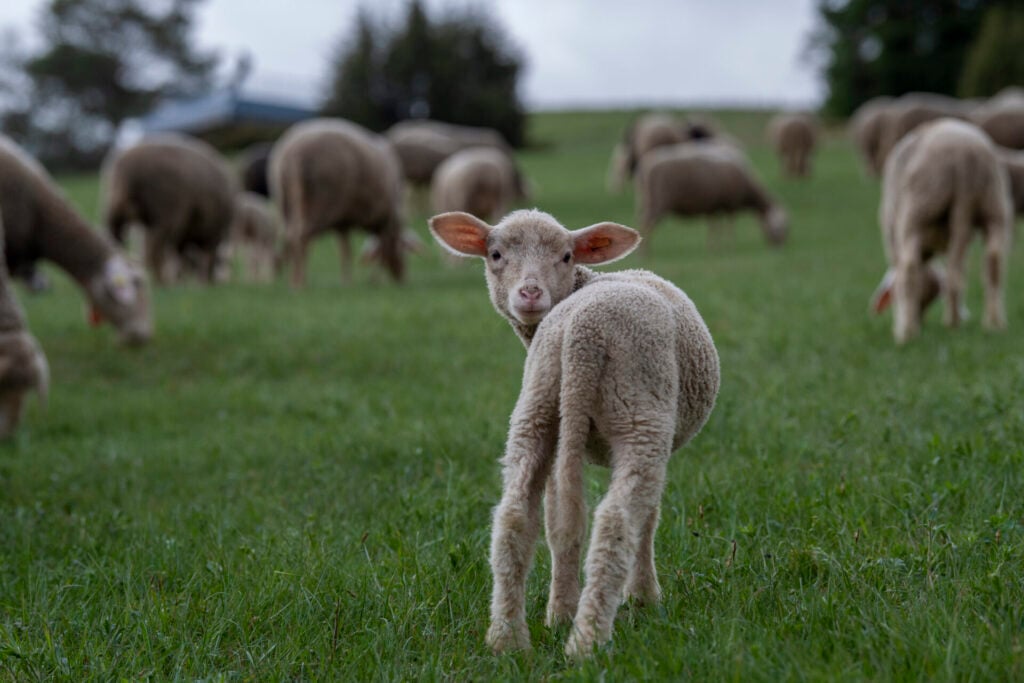
‘Every year, ten million lambs suffer excruciating pain due to live lamb cutting, despite effective and kind alternatives,’ says Rebecca Picallo Gil, LLC campaign manager at FOUR PAWS. ‘Consumers don’t want to support animal cruelty. They want brands to enable informed and ethical choices.’
While 84 per cent of the examined brands publicly claim to oppose LLC, only one in three provide any kind of certification information at the point of sale. Outdoor labels Patagonia, Ortovox and Arc’teryx, along with COS and Tchibo, emerged as the most transparent brands.
At the other end of the spectrum, Michael Kors received zero points for failing to respond to FOUR PAWS’ outreach and offering no evidence of sourcing certified LLC-free wool. The organisation is now mobilising supporters globally to pressure the brand into reform.
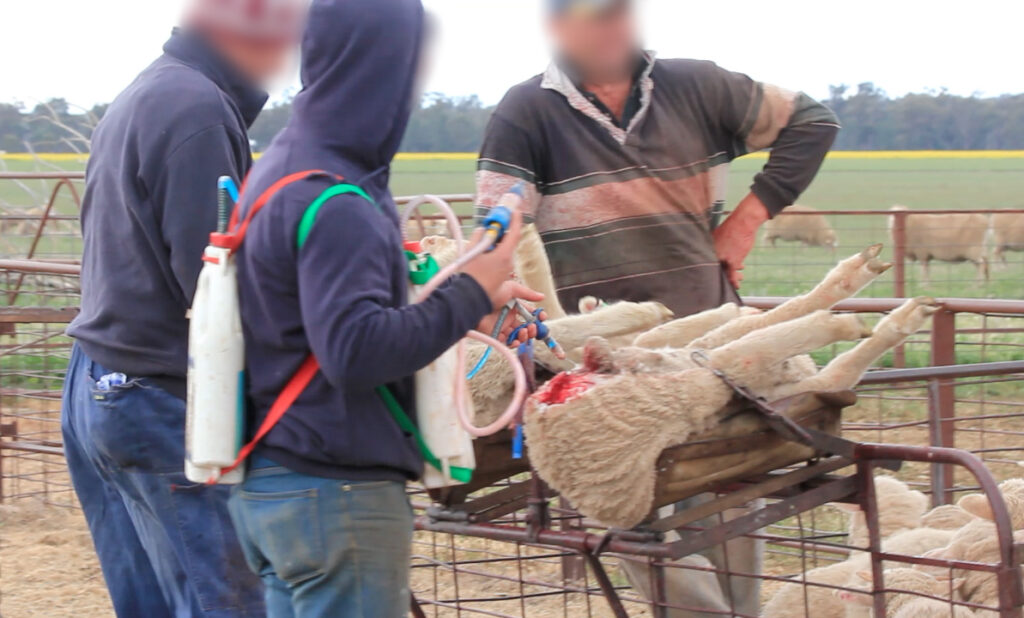
‘Protecting lambs is not a luxury — it’s a necessity,’ says Picallo Gil.
There are signs of change. Since being contacted for the report, a quarter of the brands have taken concrete steps to strengthen their animal welfare commitments. H&M, Jack Wolfskin and Marc O’Polo now state that they use only certified LLC-free wool. Eleven other brands, including Barbour and Peek & Cloppenburg, have pledged to do the same by 2030. But even among those already sourcing cruelty-free wool, only half disclose it on product labels, leaving consumers in the dark.
As consumer awareness of ethical fashion grows, so does scrutiny of the wool industry’s supply chains. Shoppers are increasingly demanding sustainable wool certified by independent animal welfare standards such as the Responsible Wool Standard (RWS) and ZQ Merino. Transparency and traceability are fast becoming non-negotiable for brands that wish to stay credible in the era of conscious consumption.
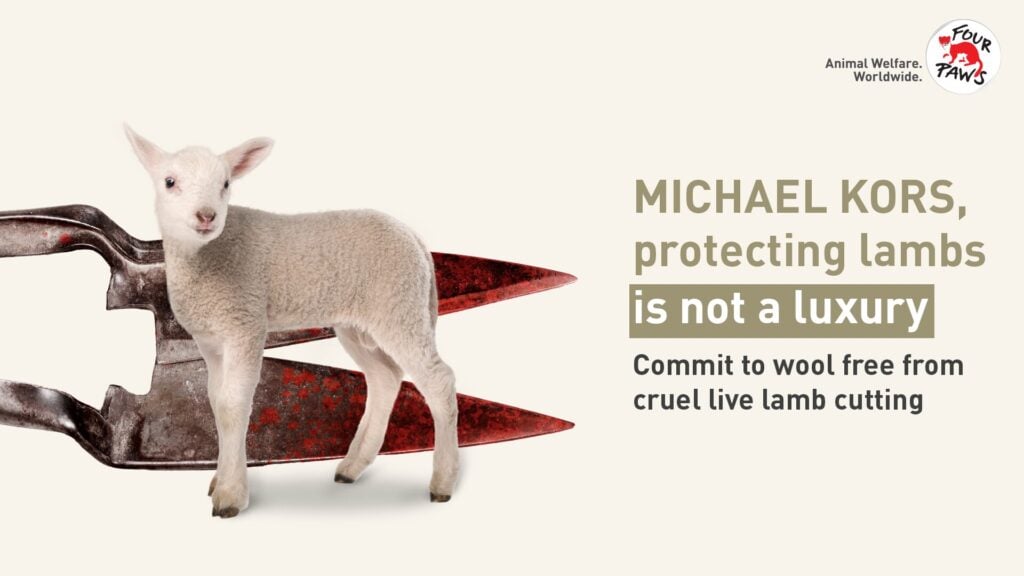
The demand for certified, cruelty-free wool is growing fast. At the Nanjing Wool Market Conference this year, Australian exporters and producers were urged to ramp up supply of certified LLC-free wool, echoing calls from European textile bodies. Yet despite this pressure, Australia’s wool sector still lacks a national strategy or timeline to phase out the practice, and Australian Wool Innovation, a key industry player, has been criticised for stalling progress.
FOUR PAWS is now calling for a nationwide ban in Australia and urging fashion brands to adopt clear, certified sourcing standards and transparent labelling.
Live lamb cutting is not a niche cruelty, it’s the dark underside of a global luxury fibre. Until brands adopt verified, LLC-free certification and give shoppers the power to choose, that soft wool sweater may still carry a story of pain and profit.

